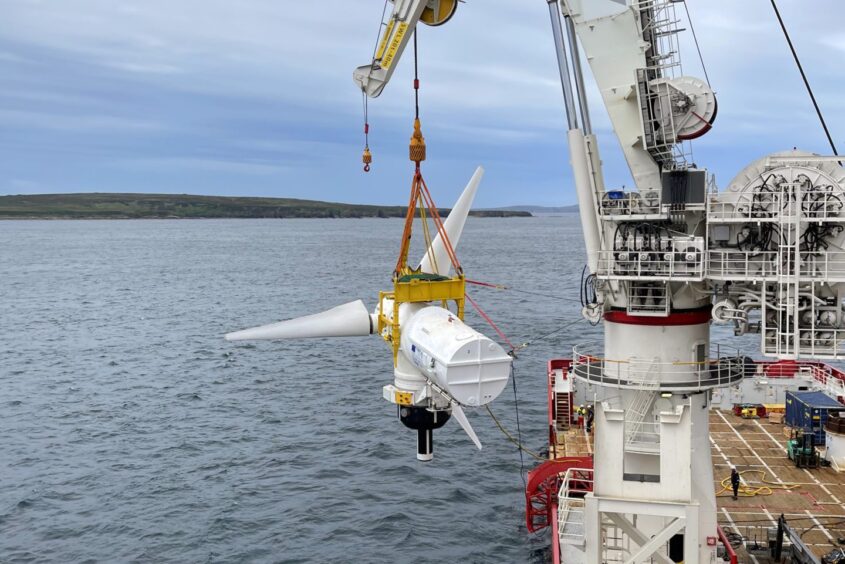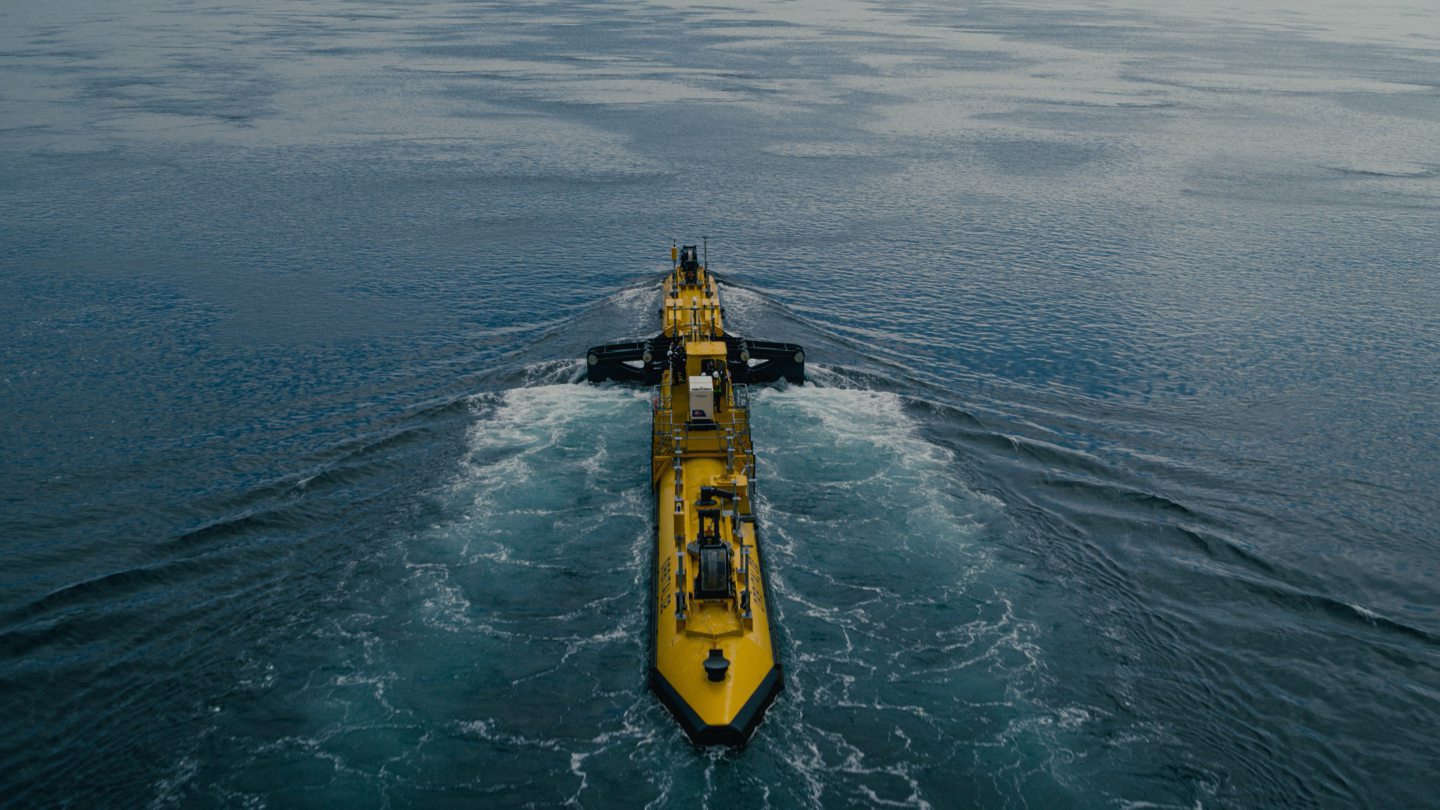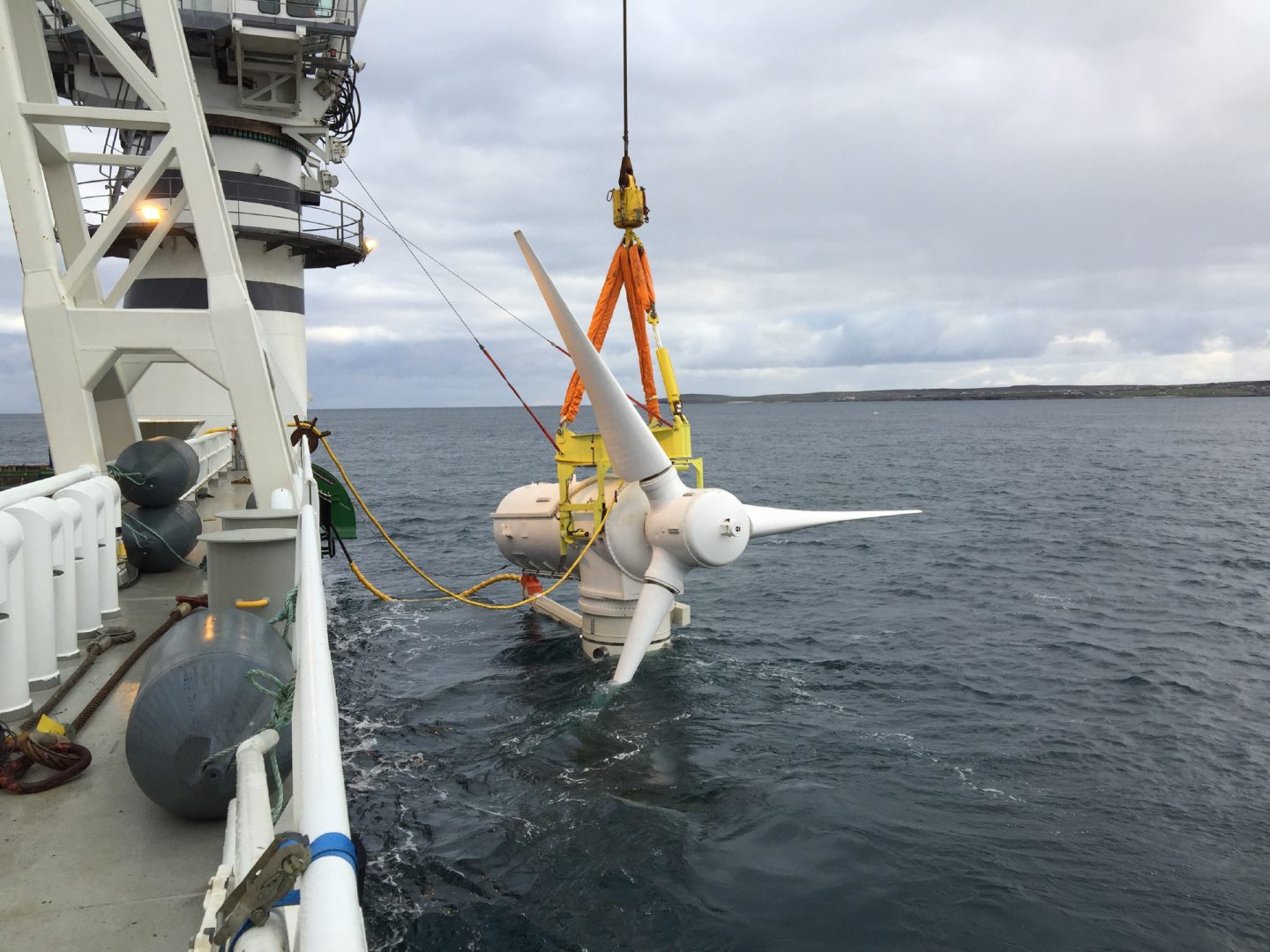
A new report has identified ten key areas for innovation in the tidal sector which could lead to an 80% reduction in energy costs.
The report by the Offshore Renewable Energy (ORE) Catapult outlines ten technology areas where innovation is critical for the future success of the UK tidal energy sector, which could potentially generate more than 11GW of electricity.
It also recommended areas to improve policy support for tidal energy, including reforms to the UK government’s Contracts for Difference (CfD) scheme.
ORE Catapult wave and tidal energy sector lead Simon Cheeseman said: “Our new report demonstrates how and where cost reduction can be achieved through technology innovation, creating significant growth in the UK tidal industry.
“With rising costs and the need to adapt to a varied future renewable energy mix, we have identified key drivers in how tidal energy can reduce UK energy system costs by up to £600 million a year and play a full part in the net zero revolution.”
Tidal stream technology
The areas for targeted innovation include increased rotor diameters, subsea hubs, tidal array optimisation, anchors for floating devices, foundations for fixed devices, controllers, cable monitoring, pitch control and wet mate connectors.
According to an ‘optimistic’ cost reduction scenario outlined in the report, these innovations were projected to support a reduction in tidal stream cost from the current £259/MWh to £50/MWh by 2035.
However, the report also highlights that further research and development in technology innovation alone will fail to secure an accelerated project pipeline for tidal energy.
The report found the sector needs further policy support to boost continued deployment as well as private investment to drive commercialisation.
The report recommended increased ringfence funding for tidal stream energy within the CfD allocation rounds.
Tidal energy projects will receive a minimum of £10m in the sixth CfD Allocation Round (AR6), falling short of the £30m the sector had been campaigning for.
Supply chain benefits
The report also recommended reforms to the CfD process to recognise non-price benefits generated by renewable energy projects, such as system integration and supply chain development, rather than focusing on lowest price bids.
Regarding supply chain development, there is a great opportunity to achieve significant local content percentages when building an extensive [tidal stream[ pipeline out to 2050, with one of the key examples to date being the Orbital O2 which was built using 80% UK content,” the report said.
“With such high UK content featuring in [tidal stream] turbines used in early stage deployments, this indicates that placing supply chain development commitments within the CfD allocation structure can allow [tidal stream] to achieve sustainable growth in future allocation rounds when looking to achieve multiple GWs of installed capacity by 2040.”
The focus on the potential for UK content comes amid concern over the “lost opportunity” for the UK supply chain in the offshore wind sector.
Last year, the London School of Economics (LSE) found Scotland was “well-placed to lead the development of tidal stream energy”, but said the government should take a different approach tot tidal development in its CfD scheme.
“The UK’s CfD mechanism has been remarkably successful at bringing down the cost of generation from offshore wind. But the country has largely missed supply chain opportunities along the way, despite rising to become a leader in deploying offshore wind,” the LSE report said.
“Tidal stream energy is a nascent sector in which the UK currently holds global leadership. There is an opportunity to link domestic deployment ambitions with support for a strong domestic supply chain right from the start, in contrast to the experience with wind power.”
Commercially viable future for tidal
UK Marine Energy Council chair Sue Barr said the country’s tidal energy sector has developed a strong pipeline of projects through AR4 and AR5.
“With over 90MW of potential tidal energy projects due to deliver projects across Scotland and Wales in coming years, there is a clear signal that tidal technology is moving towards a commercially viable future,” Ms Barr said.
“Our ambitious UK target of 1GW of installed capacity by 2035 means it is imperative we can define the levers and strategies which can strengthen delivery of tidal stream technology into our energy system.”
SAE Renewables director of external affairs Sean Parsons said the report highlights that tidal stream energy can “play a significant role” in the UK energy sector while providing community and supply chain benefits.
The company is developing the MeyGen project in the Pentland Firth, the largest planned tidal stream project in the world.
“SAE’s MeyGen site is the world’s leading tidal energy site and has provided over 50GWh of clean, predictable power to the electricity system, generated jobs and investment, exported technology and provided a platform to innovate and demonstrate a leading global technology while driving down costs,” Mr Parsons said.
“But to deliver the benefits highlighted in the report we need the ongoing support of government to provide a route to market and continue allowing sites around the UK to expand.”
Apart from identifying areas for technical innovation in tidal stream energy, the report also non-technical barriers to growth in the sector.
These include access to capital, high insurance premiums, consenting issues, and a lack of equipment manufacturer warranties due to the nascent nature of tidal stream technology.
Recommended for you


 © Supplied by Orbital Marine Power
© Supplied by Orbital Marine Power © Supplied by Nova Innovation
© Supplied by Nova Innovation © SYSTEM
© SYSTEM